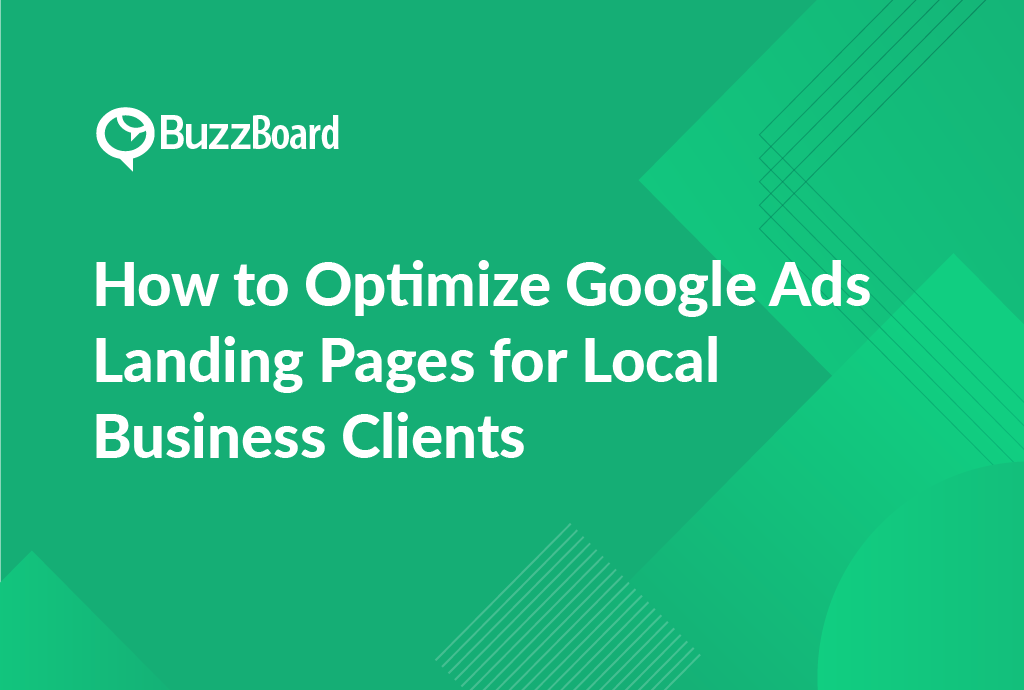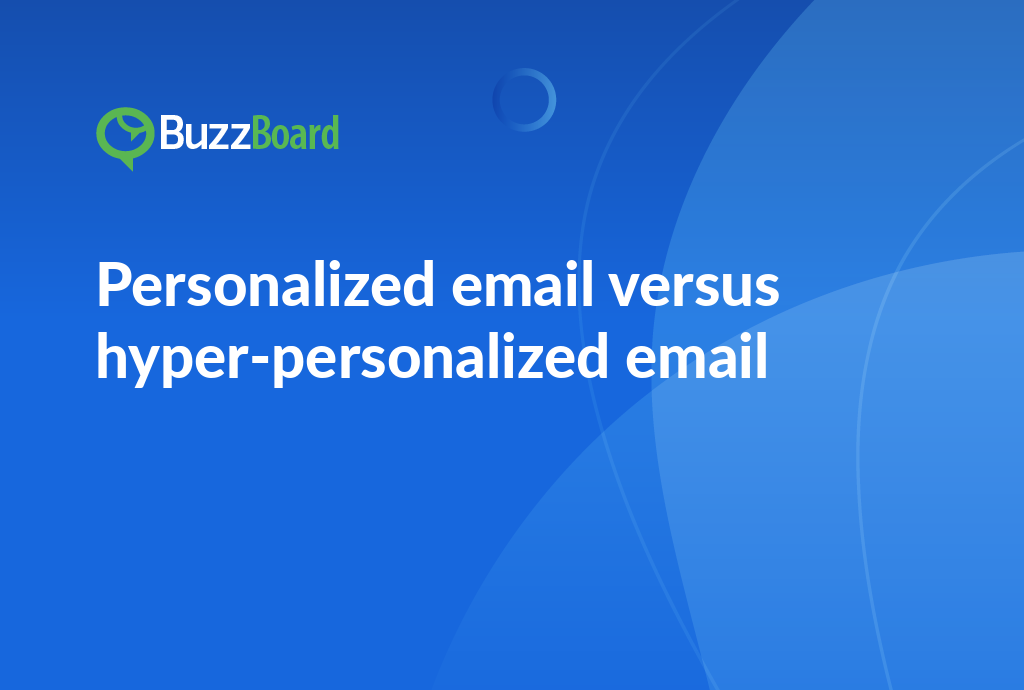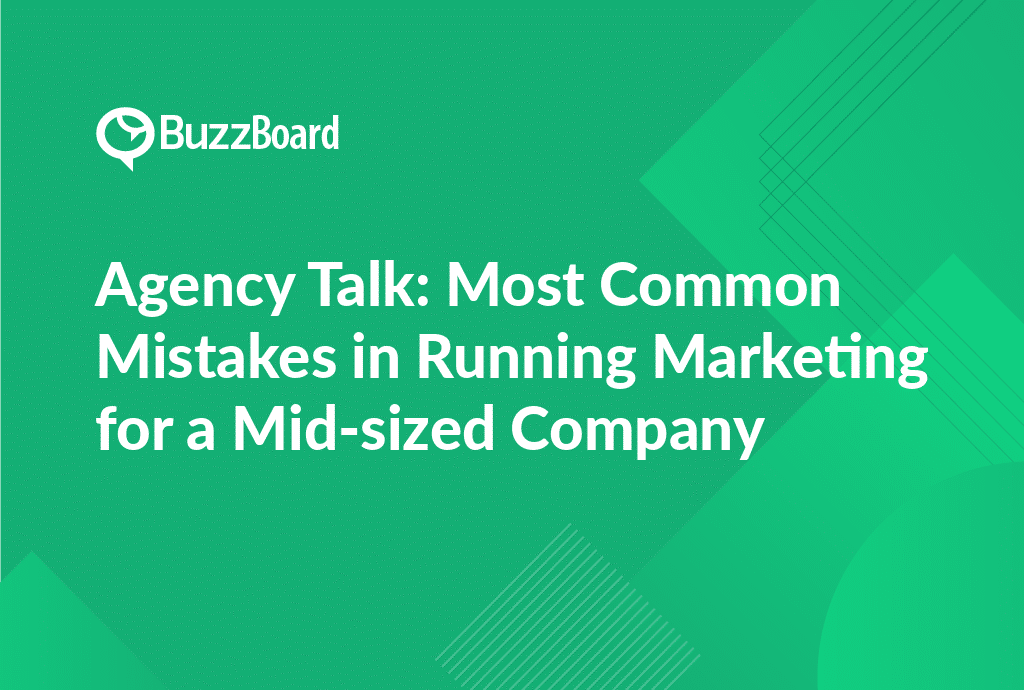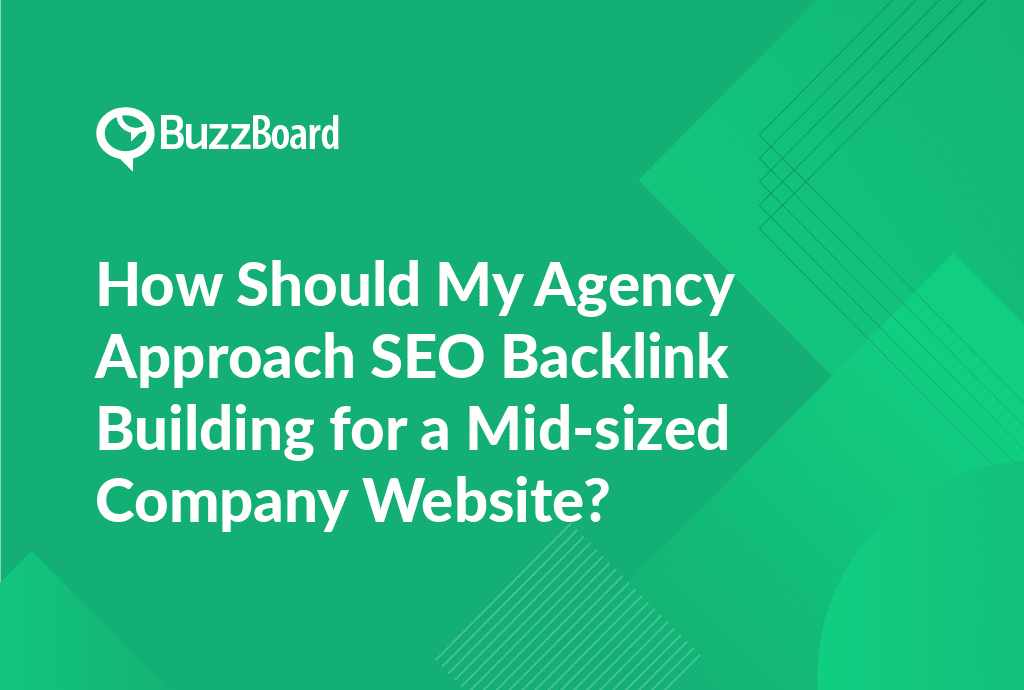Optimize Google Ads Landing Pages for Local Business Clients
Optimize your Google Ads landing pages for local business clients to boost conversions, improve ROI, and increase customer trust. Learn how to create a seamless user experience, enhance page load speed, and tailor content to match user search intent. Discover the importance of location-based keywords, AMPs, and Quality Score optimization. Follow these expert tips to elevate your local business clients’ Google Ads performance and stay ahead of the curve in digital marketing.
The Importance of Optimizing Your Google Ads Landing Pages for Local Business Clients
Understanding how to optimize Google Ads landing pages for local businesses is critical in the digital agency industry. Effective editing can significantly boost the page’s conversion rate, improve client return on investment (ROI), and augment the impact of a digital marketing campaign.
Google Ads landing ages serve as entry points on a website or a specific site section. They direct potential clients who click on an advertisement. Thus, optimizing them for local businesses involves tailoring key elements—such as the headline, body copy, images, call-to-action, and overall layout—to the target audiences and ensuring they align with the ad that brought the viewer there.
Optimizing landing pages is a crucial step in ensuring the success of digital marketing campaigns. In addition to creating a clear and concise message, further optimization can be achieved through a range of strategies. One key area to focus on is page load times. A fast-loading page can significantly improve user experience, reducing the likelihood of users abandoning the page due to slow loading times. This is particularly important for mobile users, who are increasingly accessing the web on-the-go. A mobile-friendly design is essential for ensuring that landing pages are accessible and user-friendly across all devices.
Another critical aspect of optimization is the conversion path. Whether the goal is to drive sales, sign-ups, or downloads, a clear and intuitive path should be provided to guide users towards the desired action. This can be achieved through the strategic placement of calls-to-action, clear and concise messaging, and a streamlined user experience.
Consistency is also key in landing page design. A consistent visual identity, including logos, colors, and typography, helps to build trust and credibility with users. Additionally, relevant keywords strategically placed throughout the page can enhance SEO, improving visibility and driving organic traffic to the landing page.
Monitoring metrics such as bounce rate and dwell time provides valuable insights into what works best for local businesses. By analyzing these metrics, investors can make informed decisions about where to allocate digital marketing resources for maximum ROI. This data-driven approach allows for targeted optimization, ensuring that marketing efforts are focused on the most effective channels and strategies.
For digital agency managers, optimizing landing pages is a critical component of delivering results for clients. By staying up-to-date with the latest optimization strategies and best practices, agencies can deliver more engaged audiences, higher conversion rates, and better client results. Lifelong learning is essential for staying ahead of the curve and ensuring that clients receive the best possible return on investment.
The Role of Digital Agencies and Digital Marketing in Optimizing Google Ads Landing Pages
n today’s digital landscape, the role of digital agencies has become increasingly intertwined with the realm of digital marketing. As a salesperson at a digital agency that serves small and local businesses, it is crucial to comprehend how to optimize Google Ads landing pages for these clients. This understanding not only boosts conversions and ROI but also fosters long-term trust and confidence.
Google Ads is an essential component of any effective digital marketing strategy, connecting businesses directly to an ecosystem of potential customers seeking their products or services. However, it’s not just about driving users to your site. The landing pages play a pivotal role in converting this traffic into profitable relationships.
Optimization begins with a collaborative effort between you and your local business client. By identifying the client’s exact needs and how these align with the local market’s demands, it becomes easier to direct the landing page content and design.
It is vital to design landing pages that are visually appealing, easy to navigate, and rich in content that adds value. Local businesses should appear genuine, trustworthy, and community-focused. For instance, testimonials from local individuals significantly contribute to building trust.
Digital marketing efforts are increasingly focusing on measuring, testing, and improving the user experience. Digital agencies specialize in integrating tracking codes into landing pages, allowing for the collection of performance data. By analyzing this data, agencies can identify areas of the landing page needing improvement and make necessary changes to increase conversions, thereby optimizing the ROI for the local business client.
Effective Strategies to Enhance Landing Page Conversions and Local Business Optimization
As salespeople at a digital marketing agency, your primary objective is optimizing your clients’ online business performance. Google Ads and landing pages play a crucial role in converting visitors into customers, thus enhancing ROI. For your local business clients, it’s essential to effectively leverage these tools in a manner that resonates with their specific objectives, market, and audience.
The immense potential of Google Ads can be harnessed by focusing on key components such as webpage load time, mobile compatibility, and the clarity and precision of the page content. Research indicates that a one-second delay in load times can result in a 7% drop in conversions. Furthermore, the majority of local searches are executed on mobile devices; therefore, a highly optimized, mobile-friendly landing page is indispensable.
Ensure the content on the landing page aligns seamlessly with the Google Ad that directed the visitor to the page—this can significantly boost conversion chances. The content should be clear, concise, easy to scan, and feature a compelling CTA.
Engaging with local business clients, remember the value of location-based keywords and localized ad copy, as it enhances the ad’s relevance to the local consumer. By incorporating these strategies, you can transform Google Ads landing pages into efficient conversion tools for your local business clients.
The Importance of Analyzing and Improving ROI on Google Ads for Local Businesses
Digital agency salespeople must know how to optimize Google Ads landing pages for local business clients, a skill crucial for digital marketing efforts and impacting your client’s ad campaign ROI directly.
Google Ads is an effective platform for local businesses to reach potential customers. Nonetheless, campaign success is not solely reliant on engaging ad copy or correct keyword selection—it also necessitates directing traffic to an appropriately optimized landing page. This is vital because an ad campaign’s ultimate goal is to drive conversions.
Landing page optimization includes enhancing content, ensuring mobile-friendliness, improving load speed, and simplifying navigation. For local businesses, incorporating location-specific elements to boost relevance and attract local customers is more critical.
For instance, if a customer clicks on your client’s ad for a gym membership in Seattle, they expect to be led to a landing page explicitly crafted for Seattleites—not a generic page. This level of local specificity enhances user experience and drastically improves conversion rates.
These optimizations will ultimately improve the metrics Google Ads use to assess “Quality Score”. A higher Quality Score can result in lower costs, optimal ad placement, and an improved ROI.
The Importance of Staying Ahead of the Curve in Digital Marketing
In an evolving digital marketing landscape, staying ahead of the curve is vital. Learning and implementing these optimization techniques can significantly enhance local business clients’ Google Ads ROI.
Common Challenges and Solutions in Optimizing Google Ads Landing Pages for Local Businesses
Digital agencies routinely grapple with significant challenges while optimizing Google Ads landing pages for local business clients. It can seem overwhelming, but is vital in successfully generating conversions and driving up ROI.
One typical issue is a landing page that doesn’t match the user’s search intent. This is a critical problem considering landing pages directly impact ad scores, conversions, and overall ROI. Avoid creating generic landing pages; rather, carefully tailor the pages to correspond with the specific keywords or phrases users are looking for.
Another common challenge is the significance of page load speed, especially on mobile devices. Slow-loading landing pages can result in lower conversions and unsatisfied visitors. Google advocates using AMPs (Accelerated Mobile Pages) to speed up load times and deliver an enhanced mobile experience.
Finally, Google’s Quality Score is frequently a major hurdle. Businesses must strive to improve their score to reduce the cost-per-click and increase ad visibility. Relevance of landing pages, high CTRs, and strong historical Google Ads performance can help enhance the Quality Score.
In conclusion, optimizing Google Ads landing pages is not a one-off task, but an ongoing process. By embracing landing page optimization for your local clients, you can significantly elevate clients’ ROI and boost the agency’s reputation in the fiercely competitive digital marketing arena.
Remember, it’s essential to stay ahead of the curve in digital marketing and continuously adapt to the evolving landscape. By doing so, you can ensure the success of your local business clients and maintain a competitive edge in the industry.








